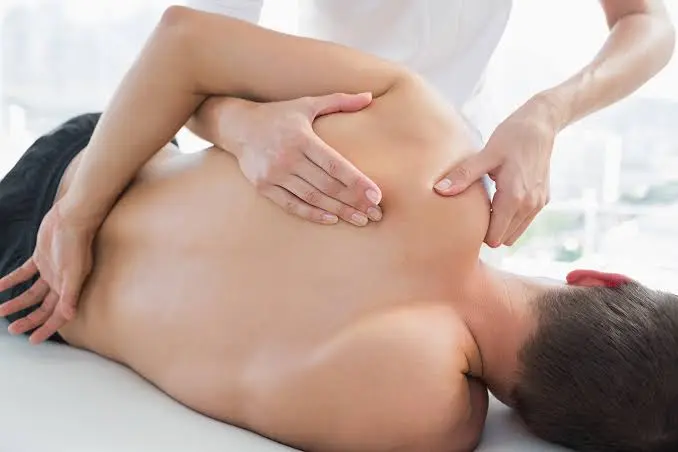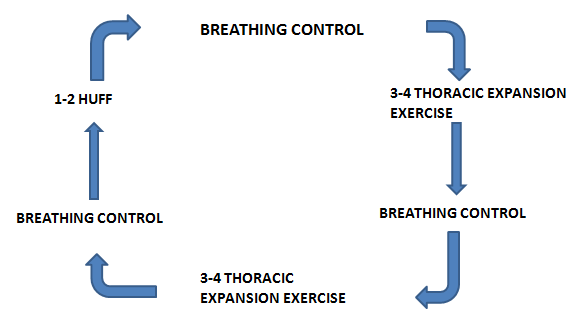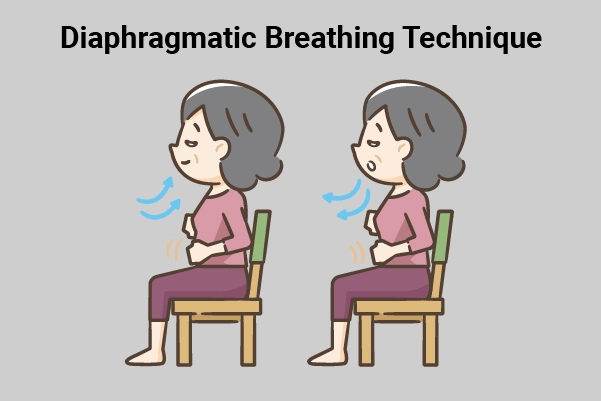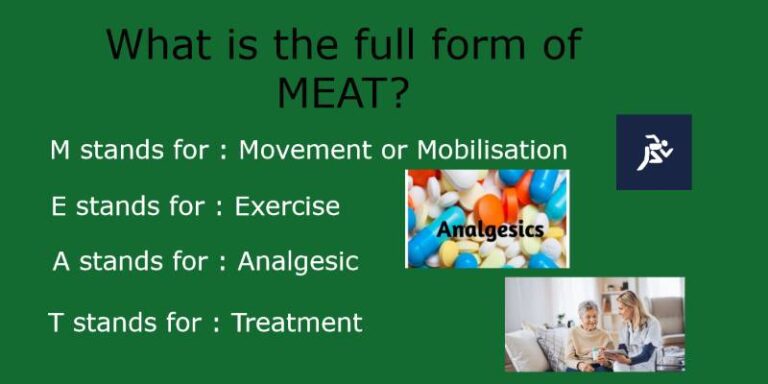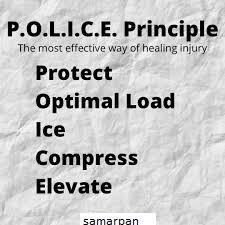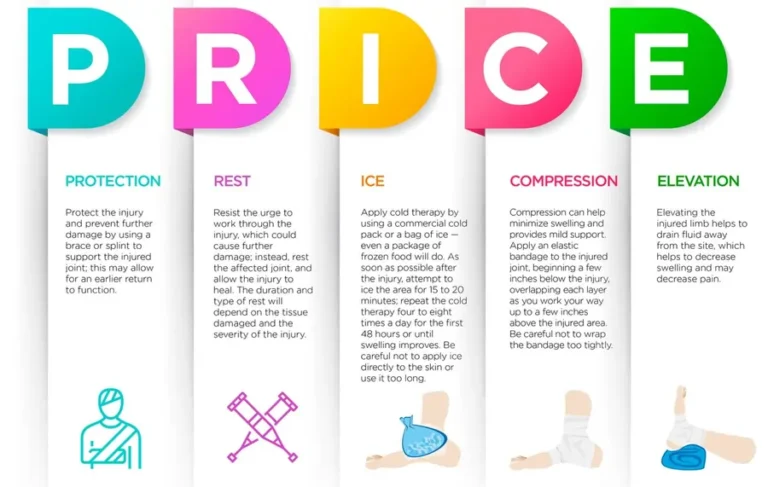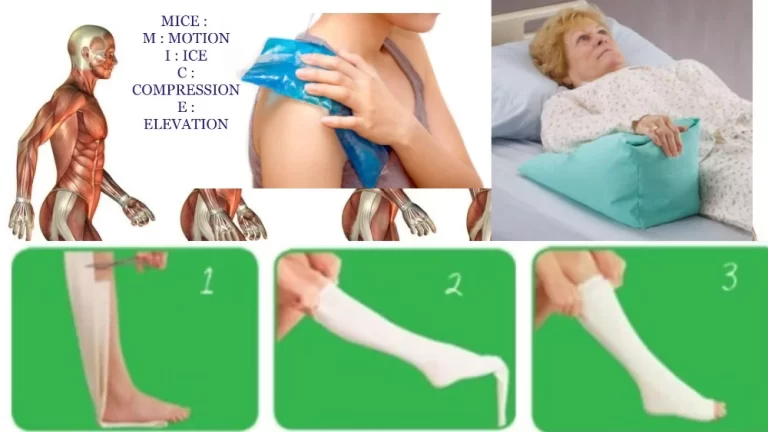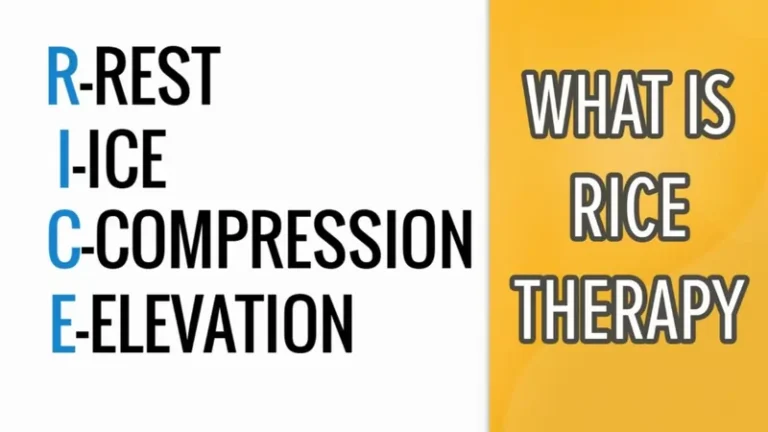Targeted Muscle Releasing Technique (TMRTs)
1. Active muscle release techniques Introduction of active muscle release techniques The active muscle-releasing technique uses a combination of movement and manipulation to treat the soft tissues in your body. The method has been in use for almost thirty years. To break up scar tissue, the active muscle-releasing technique involves locating, isolating, and focusing on…

